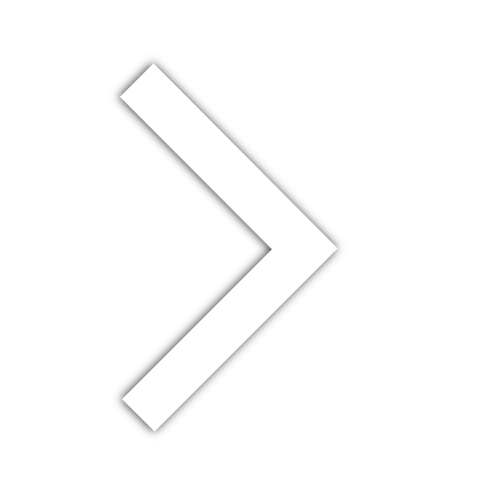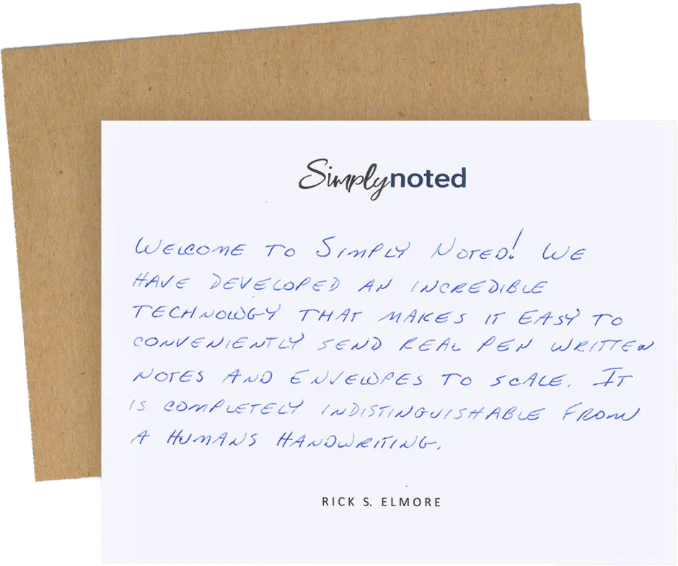How to Make Your Greetings Culturally Appropriate

Common social behaviors can change dramatically from culture to culture. In the United States, you might wish someone a peaceful day by throwing up a peace sign — your second and third fingers elevated into a V. In other places, namely the UK, Australia, New Zealand, and South Africa, you’ll get a very different reaction. In these locations, the gesture is analogous to giving someone the finger.
Surely a thumb’s up gesture is universal, though. Everyone knows it denotes great appreciation — except that it doesn’t. In many Middle Eastern countries, giving a thumbs up is the same as screaming, “Up yours, buddy!”
These cultural differences require sensitivity and preparation. Travelers should familiarize themselves with local customs, traditions, and social norms before interacting with locals to avoid embarrassing themselves and potentially offending others.
Today, your sensitivity training starts at the very beginning — with a greeting. In the U.S. a handshake is the most common greeting, but it doesn’t translate everywhere. Below you’ll learn culturally appropriate greetings for a number of countries. Following this advice, your “hello” make people want to say “goodbye.”

GET A NOSE BUMP READY
The handshake is out if you’re traveling for business in Oman, Qatar, or the United Arab Emirates. The locals instead prefer a more personal business greeting. You can demonstrate that you trust your new associates by yielding to a few congenial nose bumps. Be sure to keep your nose blown.
JUST RUB FACIAL FEATURES
You’ll know you’re in New Zealand if you rub noses with your compatriots instead of bumping them. The country’s indigenous Māori population have a traditional greeting they call, “sharing of breath.” Participants press their noses and foreheads together in a ceremonial exchange. It’s important to be aware that the custom isn’t offered to everyone. Unless someone invites you to participate, don’t move in for a face rub.
NOW THIS TIME, TAKE A WHIFF
he point of the last two greetings was to make intimate personal contact, not to smell your acquaintance’s face. You can’t say the same for greetings in Greenland. The Inuit there greet close family and friends by placing their nose and upper lip against the other person’s cheek or forehead and then sniffing deeply.
Note to self — shower regularly if you visit the Inuit in Greenland.
SEE ALSO: Best Ways to End a Greeting Card

YOU CAN SHAKE HANDS AS LONG AS YOU CLAP THEM, TOO
In Zimbabwe, quick handshakes are followed by ritual clapping. The greeting party claps once, followed by a two-clap response from their friend. We like this one a lot. Any greeting that includes applauding your friends gets an (American) thumbs up from us.
NOW THROW IN A SNAP
Young Nigerians have adopted a rather complicated handshake. First, they grasp hands as expected, but then, through a tricky bit of contortion, they manage to snap their fingers while still shaking. Visitors usually need a tutorial before they’re able to pull off this challenging greeting.
SEE ALSO: Not Sure the Best Way to Sign That Handwritten Card? Here’s Advice for Every Occasion!
OR MAYBE YOU PREFER TO SQUEEZE HANDS — HARD
In Russia, handshakes are the preferred greeting between men, but it isn’t the friendly handshake we enjoy in the states. In Russia, it’s an adversarial competition, each participant trying to out-squeeze the other’s hand. If you have blood flow left in your palm by the end, you’ve done it wrong.
Handshakes between men and women are also common, though kinder and gentler. More often, however, men will kiss women three times on alternating cheeks. Ukrainians also engage in the triple kiss. Remember — left, right, left.
RESPECT IS FOUND IN THE KNUCKLES
We’re all familiar with the nursery rhyme custom of kissing the hand of a fair maiden in greeting. Filipinos have their own version, but it’s used as a deferential greeting for respected elders. Instead of a kiss, greeters will bow formally and place their forehead against their elder’s knuckles.
KISSING CHEEKS IS COMMON IN MANY PLACES
If you like to give your pals a friendly peck on the cheek, there are plenty of places where you’ll feel at home. In Belgium, a single cheek kiss is standard, regardless of gender. Hungarian cheek kiss, too, but two kisses are required, and you generally move from the right to the left.
The French combine a handshake with a cheek kiss. You grasp hands and then use them to pull the other person into a face peck. In all cases, it’s best to kiss the air near your recipient’s cheek unless you’re close friends. Not everyone will mind the extra closeness, but some may.
SEE ALSO: The Importance of Online Reviews (And How to Get Them)

Maybe You Prefer No Contact At All?
If you prefer your greetings to happen at a distance, you’ll appreciate Japanese culture. Most residents eschew personal contact in favor of a respectful forward bow.
That’s the easy part — you bow as a sign of respect. But how much should you bend? Depending on your relationship with the other person, the message you’re trying to send, and a host of other social differentiators, your bow can vary between a slight 15-degree angle and a full 90-degree tilt.
Bows are found in other cultures as well. In India, you place your palms together in front of your face, as if you were praying, and then bow slightly. The Thai have a similar greeting, though they hold their prayer hands at their chest and bow deeply enough to bring their fingers to their forehead and their thumbs to their nose.
WAIT — THAT WAS A GREETING?
Westerners are frequently confused by a greeting common in Tibet. In many cultures, the U.S. included, this gesture is considered silly at best and often rude. But in Tibet, you can greet your friends warmly by sticking out your tongue at them. How did such an unusual custom come to be? Legend holds that the 9th-Century king Lang Darma was an evil man with a jet black tongue. Sticking out your tongue to demonstrate you weren’t similarly depraved became common, and eventually morphed into the greeting we see today.
HANDWRITTEN CARDS ARE UNIVERSAL
There’s one greeting that’s understood worldwide — the humble greeting card. A handwritten message (penned in the appropriate language) is the best way to send greetings from afar. Simply Noted makes sending automated, handwritten cards easy. And we support multiple languages. Let us help you with your next greeting.
SEE ALSO: How To Send A Handwritten Card Online























